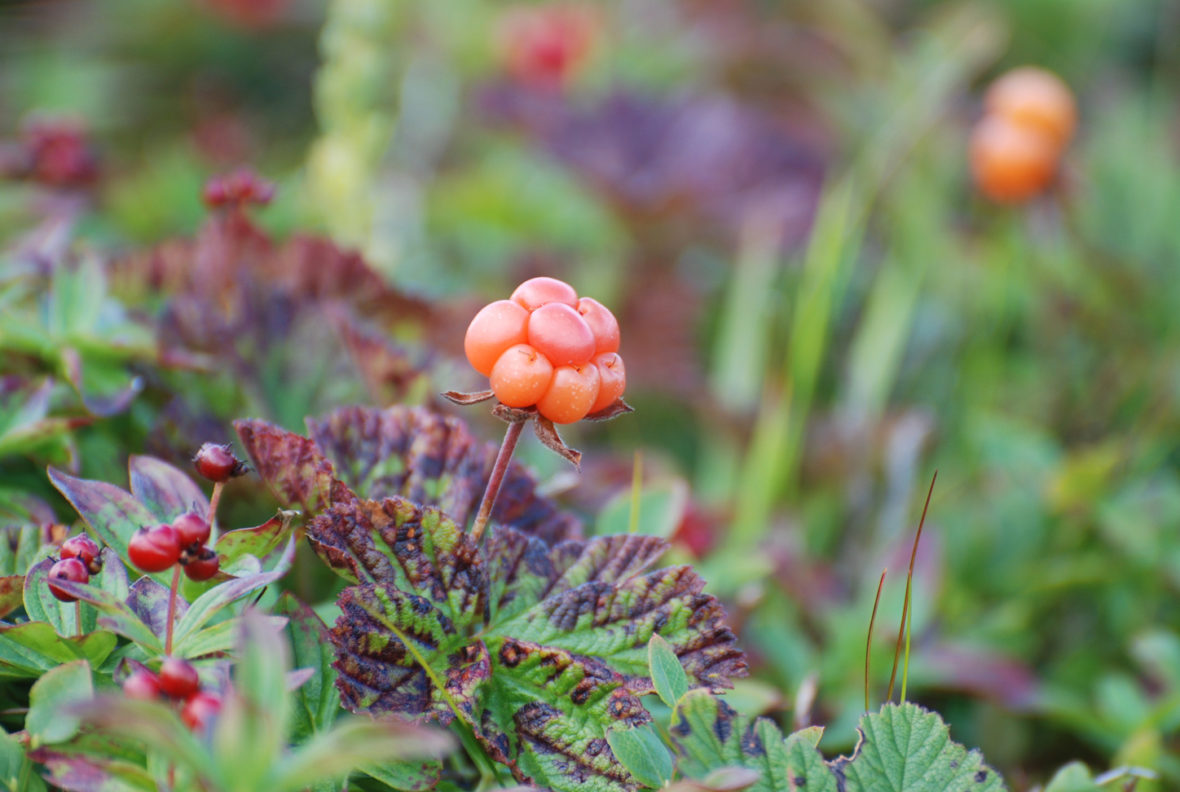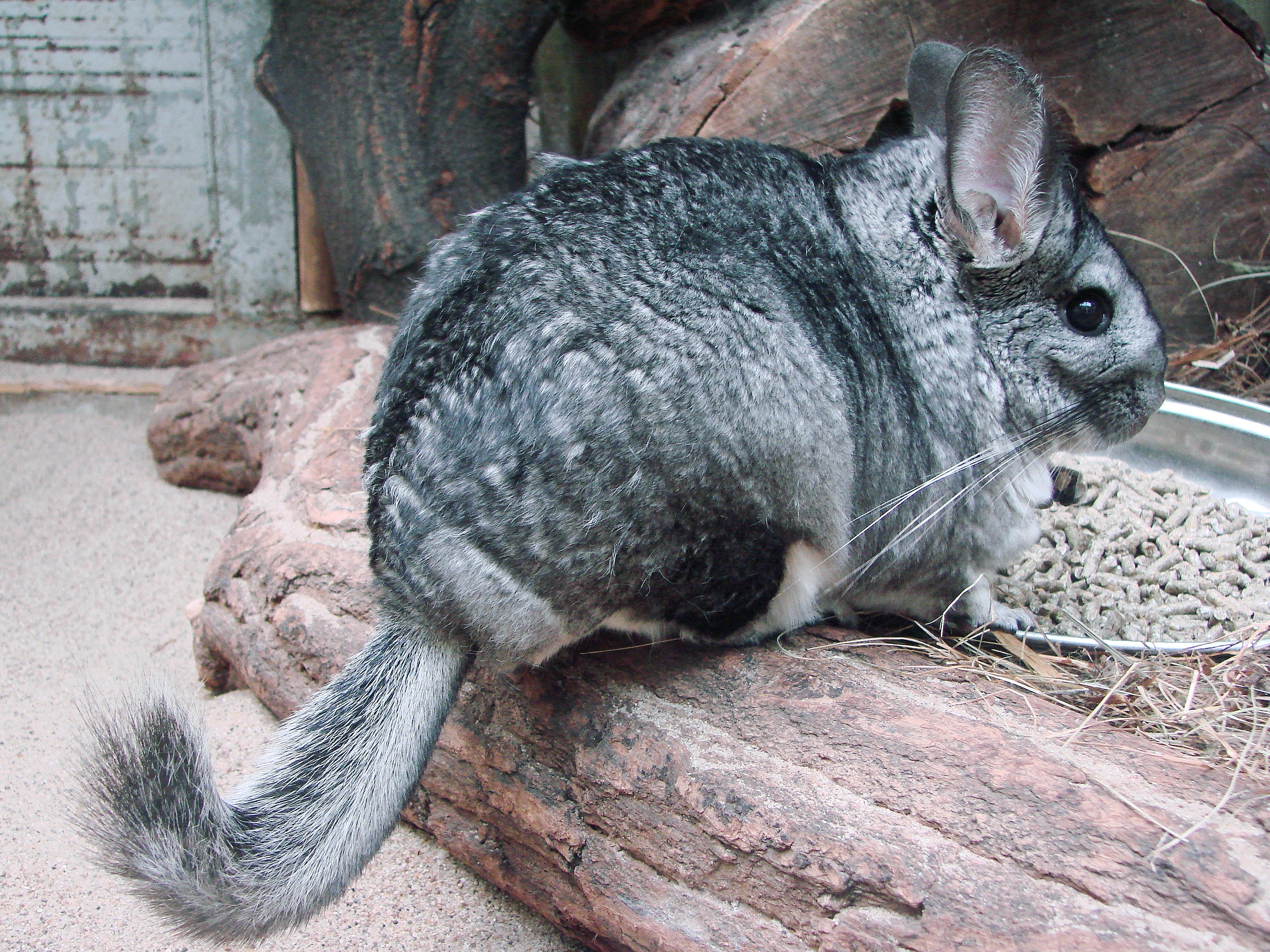Cloudberry is a rhizomatous herb native to cool temperate, alpines, arctic tundras and boreal forests. It produces an amber-colored fruit similar to the raspberry or blackberry. Some other names for the fruit are, bakeapple, which is common in Newfoundland and Labrador, knotberry and knoutberry, which is common in England, aqpik or low-bush salmonberry, which is common in Alaska, and averin or evron, which is common in Scotland. Take a look below for 24 more interesting and fascinating facts about cloudberry.
1. Unlike most Rubus species, the cloudberry is dioecious, and fruit production by a female plant requires pollination from a male plant.
2. The cloudberry grows to 10 to 25 centimeters, or 4 to 10 inches, high.
3. The leaves of the cloudberry alternate between having 5 and 7 soft, hand-like lobes on straight, branchless stalks.
4. Cloudberries are a circumpolar boreal plant, occurring naturally throughout the Northern Hemisphere and are scattered mainly in mountainous areas and moorlands.
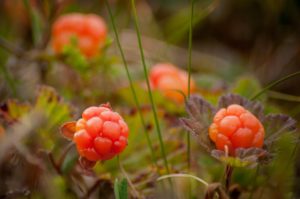
5. In Europe, they grow in the Nordic countries, Baltic states and particularly in Poland.
6. Cloudberries also grow across northern Russia, east towards the Pacific Ocean and as far south as Japan.
7. Due to peatland drainage and peat exploitation, cloudberries are considered endangered and are under legal protection in Germany’s Weser and Elbe valleys, and at isolated sites in the English Pennines and Scottish Highlands.
8. In North America, cloudberries grow wild across Greenland, most of northern Canada, Alaska, northern Minnesota, New Hampshire, Maine and New York.
9. Despite great demand as a delicacy, the cloudberry isn’t widely cultivated and is primarily a wild plant.
10. Since the middle of the 1990s, the cloudberry has formed part of a multinational research project that enabled commercial production of various wild berries.
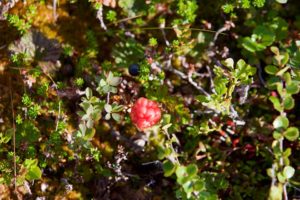
11. The cloudberry can be cultivated in Arctic areas where few other crops are possible to cultivate. For example, along the northern coast of Norway.
12. Ripe cloudberries are golden-yellow, soft and juicy, and rich in vitamin C. When eaten fresh, cloudberries have a distinctive tart taste.
13. When they’re over-ripe, they have a creamy texture somewhat like yogurt and a sweetened flavor.
14. Cloudberries are often made into jams, juices, tarts and liqueurs. In Finland, they’re eaten with a heated local cheese, as well as cream and sugar.
15. In Sweden, cloudberries and cloudberry jam are used as a topping for ice cream, pancakes and waffles.
16. In Norway, cloudberries are often mixed with whipped cream and sugar to be served as a dessert called “Multekrem”, or cloudberry cream, as a jam or as an ingredient in homemade ice cream.
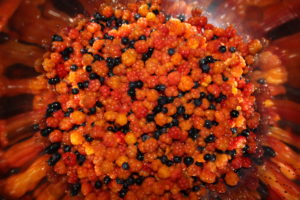
17. In Newfoundland and Labrador, Canada, cloudberries are used to make bakeapple pie or jam. Arctic Yup’ik mix the berries with seal oil, reindeer or caribou fat and sugar to make Eskimo ice cream or Akutaq.
18. Due to its high vitamin C content, the cloudberry is valued both by Nordic seafarers and Northern indigenous peoples.
19. Cloudberry’s polyphenol content, including flavonoid compounds such as ellagic acid, appear to naturally preserve food preparations of the berries.
20. In Nordic countries, traditional liqueurs such as Lakkalikoori are made out of cloudberry, having a strong taste and high sugar content.
21. The cloudberry appears on the Finnish version of the 2 euro coin.
22. The name of the hill “Beinn nan Oighreag” in Breadalbane in the Scottish Highlands means “Hill of the Cloudberries” in Scottish Gaelic.
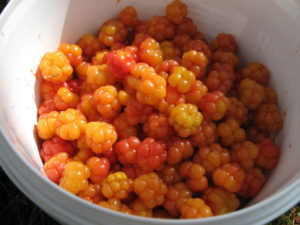
23. In some northern European countries, such as Norway, a common use policy to non-wood forest products allows anyone to pick cloudberries on public property and eat them on location, but only local residents may transport them from that location and only ripe berries may be picked.
24. Cloudberries are full of iron, as well as many other beneficial minerals. The iron content is specifically important for circulation, as it is a key component in red blood cell production.

